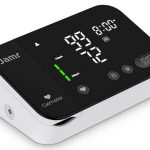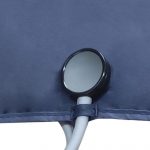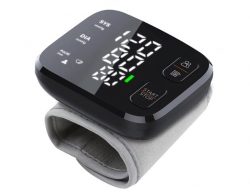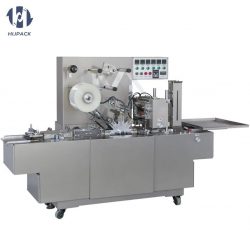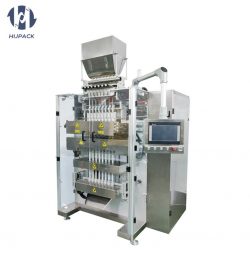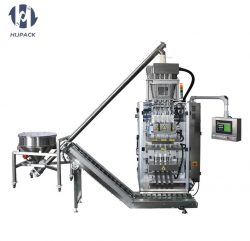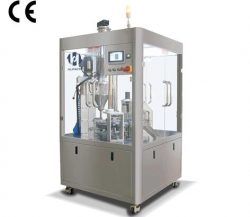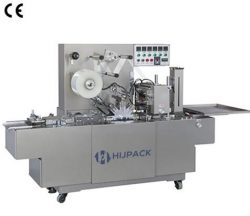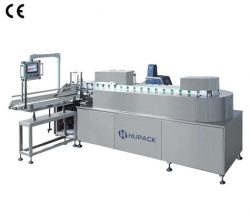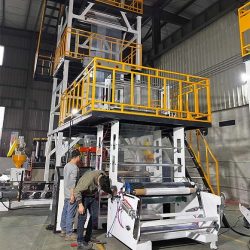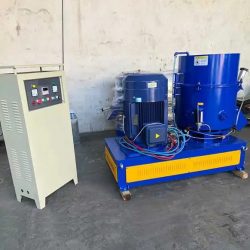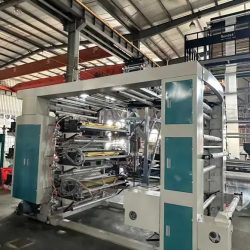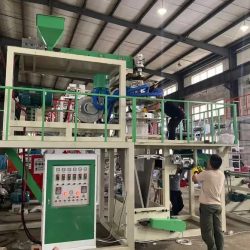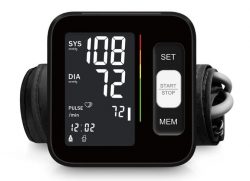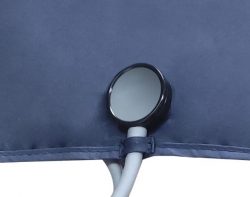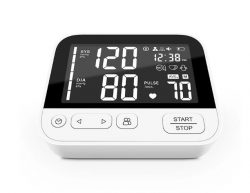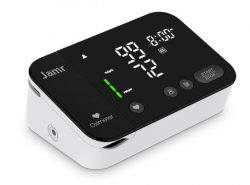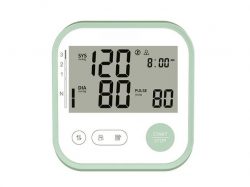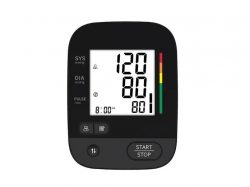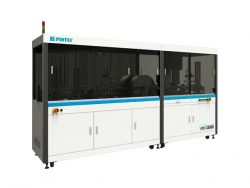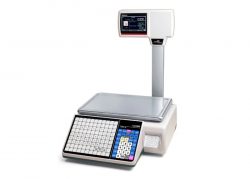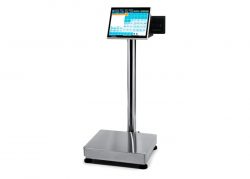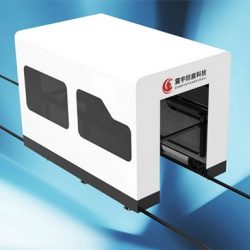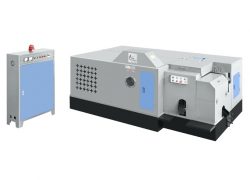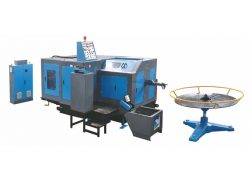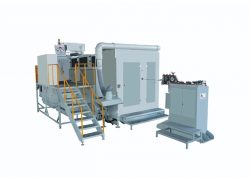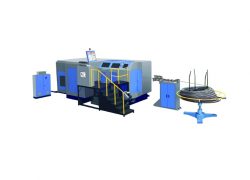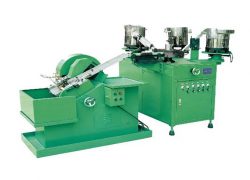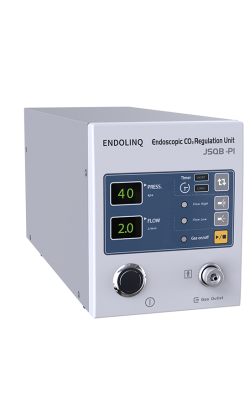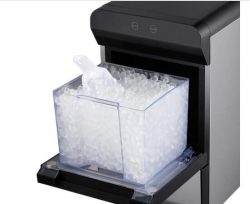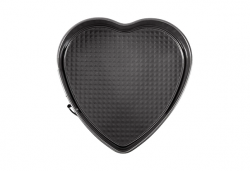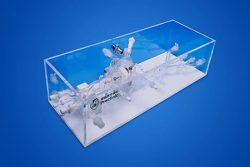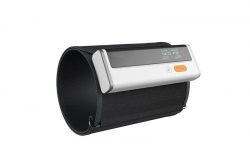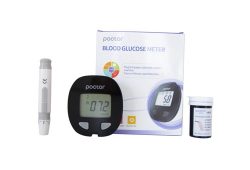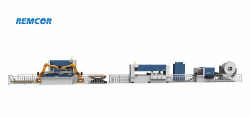SpO2 × Blood Pressure Monitor
SpO2 blood pressure monitor have undoubtedly transformed the landscape of healthcare. By combining the measurement of oxygen saturation with traditional blood pressure monitoring, these devices offer a comprehensive view of a patient’s cardiovascular health.
Different SpO2 × Blood Pressure Monitor
Our SpO2 × Blood Pressure Monitor measures SpO2 levels, providing crucial information on oxygen saturation in the blood for assessing respiratory function and identifying potential issues like hypoxemia.
Applications of SpO2 & Blood Pressure Monitors in Telemedicine and Telehealth
SpO2 (blood oxygen saturation) and blood pressure monitors have found various applications in telemedicine and telehealth, enhancing remote patient care and improving healthcare outcomes. Here are some key applications:
1. Remote Monitoring: SpO2 and blood pressure monitors equipped with wireless connectivity enable healthcare providers to remotely monitor patients’ vital signs. Patients can take measurements at home and transmit the data to their healthcare team for real-time assessment. Remote monitoring allows for early detection of any concerning changes, facilitates timely interventions, and reduces the need for frequent in-person visits.
2. Chronic Disease Management: Telemedicine platforms combined with SpO2 and blood pressure monitors support the management of chronic diseases such as hypertension, COPD, and cardiovascular conditions. Patients can regularly measure their SpO2 levels and blood pressure at home, providing healthcare providers with essential data to assess their condition remotely. This enables personalized care plans, medication adjustments, and lifestyle modifications without the need for constant clinic visits.
3. Post-Operative Care: SpO2 and blood pressure monitoring contribute to post-operative care in telehealth settings. Patients recovering from surgeries can track their vital signs remotely, enabling healthcare providers to monitor their progress and identify any potential complications. Prompt intervention can be provided when deviations in SpO2 levels or blood pressure are detected, optimizing patient recovery and minimizing the need for clinic visits.
4. Patient Education and Engagement: SpO2 and blood pressure monitors in telemedicine platforms empower patients to actively participate in their healthcare. Patients can learn how to use the monitors properly, understand the significance of their readings, and track their progress over time. This promotes patient education, engagement, and self-management, allowing individuals to have a better understanding of their health and make informed decisions regarding their care.
5. Teleconsultations: During teleconsultations, healthcare providers can remotely assess patients’ vital signs, including blood pressure and spo2, in real-time. This valuable information aids in making accurate diagnoses and treatment recommendations. Patients can share their measurements captured by the monitors, enabling a comprehensive evaluation of their condition during remote consultations.
In summary, the integration of SpO2 and blood pressure monitor with pulse ox with telemedicine and telehealth platforms has revolutionized remote patient care. These devices allow for remote monitoring, chronic disease management, post-operative care, patient engagement, and facilitation of teleconsultations. By leveraging these technologies, healthcare providers can deliver effective care, improve patient outcomes, and enhance the overall telehealth experience.
The Role of bp machine with spo2 Pressure Monitoring in Chronic Disease Management
SpO2 (blood oxygen saturation) and blood pressure monitoring play a crucial role in the management of chronic diseases. Here’s how they contribute to effective management:
1. Early Detection of Complications: Chronic diseases like hypertension and respiratory conditions often come with risks of complications. Regular monitoring of both SpO2 and blood pressure allows for early detection of any abnormalities or deviations from target values. This helps healthcare providers intervene promptly and prevent or manage potential complications.
2. Treatment Optimization: Monitoring SpO2 and blood pressure provides valuable data for healthcare professionals to evaluate the effectiveness of treatment plans. If SpO2 levels are consistently low or blood pressure remains high, adjustments can be made to medications, lifestyle modifications, or interventions to ensure optimal disease management.
3. Self-Management and Empowerment: Patients with chronic diseases can take an active role in managing their health with the help of SpO2 and blood pressure heart rate oxygen saturation machine. Regular measurements empower patients to track their vital signs, make necessary lifestyle modifications, and report any concerning changes to their healthcare providers. This collaborative approach improves patient engagement and promotes self-management.
4. Personalized Care: SpO2 and blood pressure monitoring contribute to personalized care plans for individuals with chronic diseases. By tracking trends and patterns over time, healthcare providers can tailor interventions, medications, and lifestyle recommendations specific to each patient’s needs, optimizing disease management and improving outcomes.
5. Remote Patient Monitoring: SpO2 and blood pressure and oxygen saturation machine equipped with wireless connectivity features allow for remote patient monitoring. This enables healthcare providers to remotely monitor patients with chronic conditions, reducing the frequency of in-person visits while still ensuring continuous monitoring and timely intervention when needed.
In summary, SpO2 and blood pressure monitoring have a vital role in chronic disease management, facilitating early detection of complications, treatment optimization, patient empowerment, personalized care, and remote monitoring. They provide valuable insights that help in maintaining optimal health and improving overall quality of life for individuals with chronic diseases.



